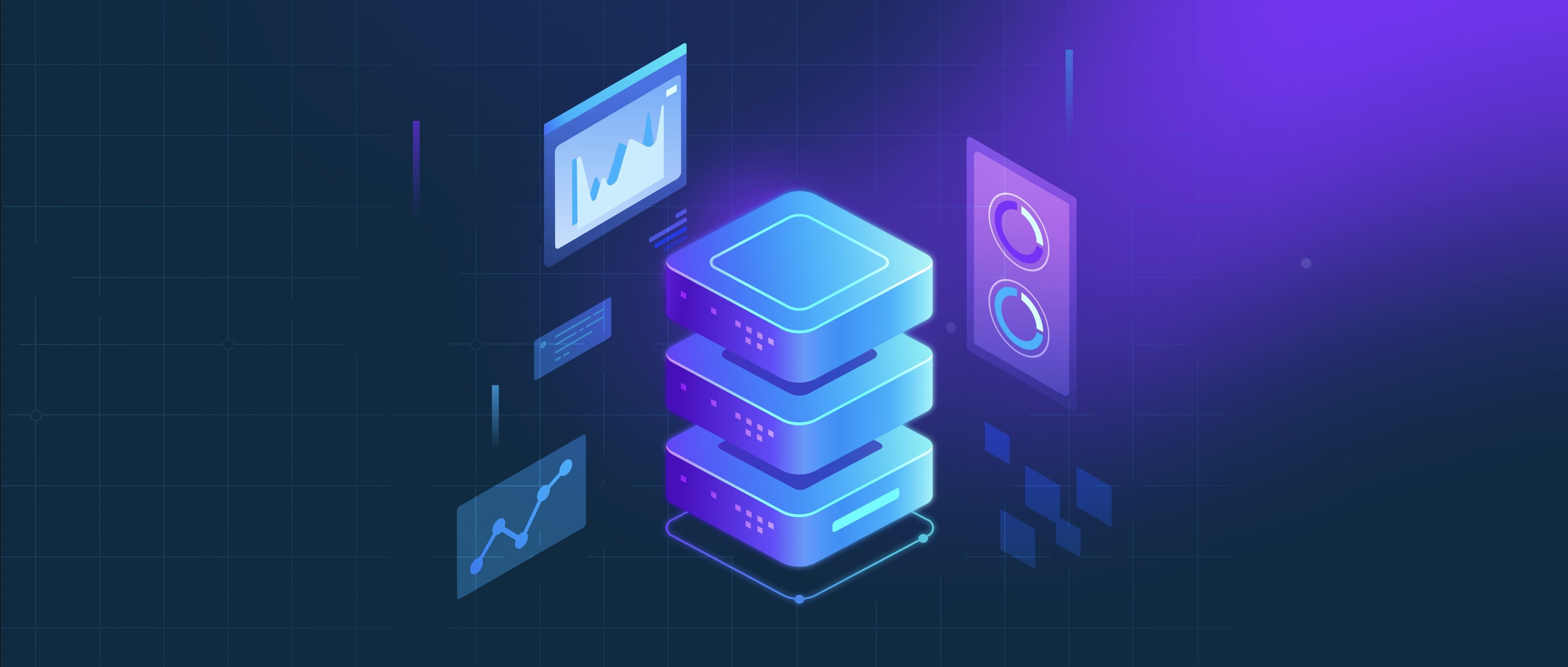Data extraction in ETL (Extract, Transform, Load) is the process of retrieving raw data from various source systems so it can be processed and moved to a target destination, such as a data warehouse. This initial phase focuses on identifying and collecting data from databases, files, APIs, or external systems. The goal is to gather the necessary data efficiently and reliably while preserving its structure and meaning. Without proper extraction, downstream processes like transformation and loading cannot function, making this step foundational to the entire ETL workflow.
Extraction methods vary based on the source and use case. For structured data, such as relational databases, this often involves running SQL queries to pull specific tables or columns. For semi-structured or unstructured data—like JSON files, logs, or emails—tools or scripts parse the data into a usable format. APIs are another common source, where extraction might involve sending HTTP requests to fetch real-time or batched data. Incremental extraction (capturing only new or updated records) is preferred for large datasets to reduce load on source systems, while full extraction (copying entire datasets) is simpler but less efficient. For example, extracting daily sales transactions from a PostgreSQL database might use a timestamp column to fetch only records created since the last run, whereas a legacy CSV file might require a full read each time due to lack of metadata.
Challenges in data extraction include handling diverse source systems, performance bottlenecks, and data consistency. Legacy systems may lack APIs, forcing developers to rely on flat-file exports or screen scraping. Rate limits on APIs or slow network connections can delay extraction, requiring retry logic or throttling mechanisms. Data formats may also clash: extracting data from a NoSQL database (e.g., MongoDB) into a structured ETL pipeline might require flattening nested JSON structures. Tools like Apache NiFi or cloud services (AWS Glue) help standardize these processes with connectors, but custom code is often needed for unique sources. Ensuring transactional consistency—like avoiding partial data reads during source updates—is another critical consideration to prevent data corruption. For example, extracting from an operational database without locking tables might lead to mismatched records if updates occur mid-process.
